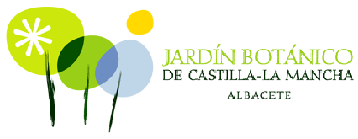Resumen
The external (ECA) and internal (ICA) area of saffron corm were lyophilized and sterilized to prepare agar plates. ECA showed the highest inhibitory effects against the five isolated fungi from infected corms during August. The saponin fraction exclusively detected on ECA, is partially responsible for its extra effect. The main inhibitory effect of these saponins was against Fusarium oxysporum followed by Bipolaris spicifera and Aspergillus niger. The inhibitory effect against Penicillium raistriicki and Rhizopus nigricans was almost negligent. Fungi cause important deteriorations of corms from Crocus sativus L. In order to screen the antifungal properties of this organ to fight such infections, two independent experiments based on the lyophilized and sterilized external (peel) and internal parts of the corm were conducted against five fungi isolated from infected corms during August. The minimum inhibitory concentrations (MIC) after 30 days of the peel treatments were 5.4% against Aspergillus niger, 3.9% against Bipolaris spicifera, Fusarium oxysporum, Penicillium raistriicki and 2.3% against Rhizopus nigricans while the MIC of the internal part were not detected for A. niger and B. spicifera, 7.0% against F. oxysporum and P. raistriicki and 3.9% against R. nigricans. The higher toxicity of the peel against fungi led us to investigate the influence of the saponins exclusively detected on the external part of the corm, as partially responsible for the extra observed effect. The main influence of these compounds on the toxicity was against F. oxysporum, the most desvasting pathogen in saffron corms, followed by B. spicifera and A. niger. The growth inhibition of P. raistriicki and R. nigricans was almost negligible. However, other compounds such as phenolics compounds could also be responsible for the fungicidal activity detected. These results illustrate that saffron corms could be further exploited in order to discover new phytochemical products with antifungal properties. © 2013 Elsevier B.V.
Palabras clave: Antifungal, Bipolaris, Corms, Crocus sativus, Fusarium, Saffron, Saponins



Leave a Reply